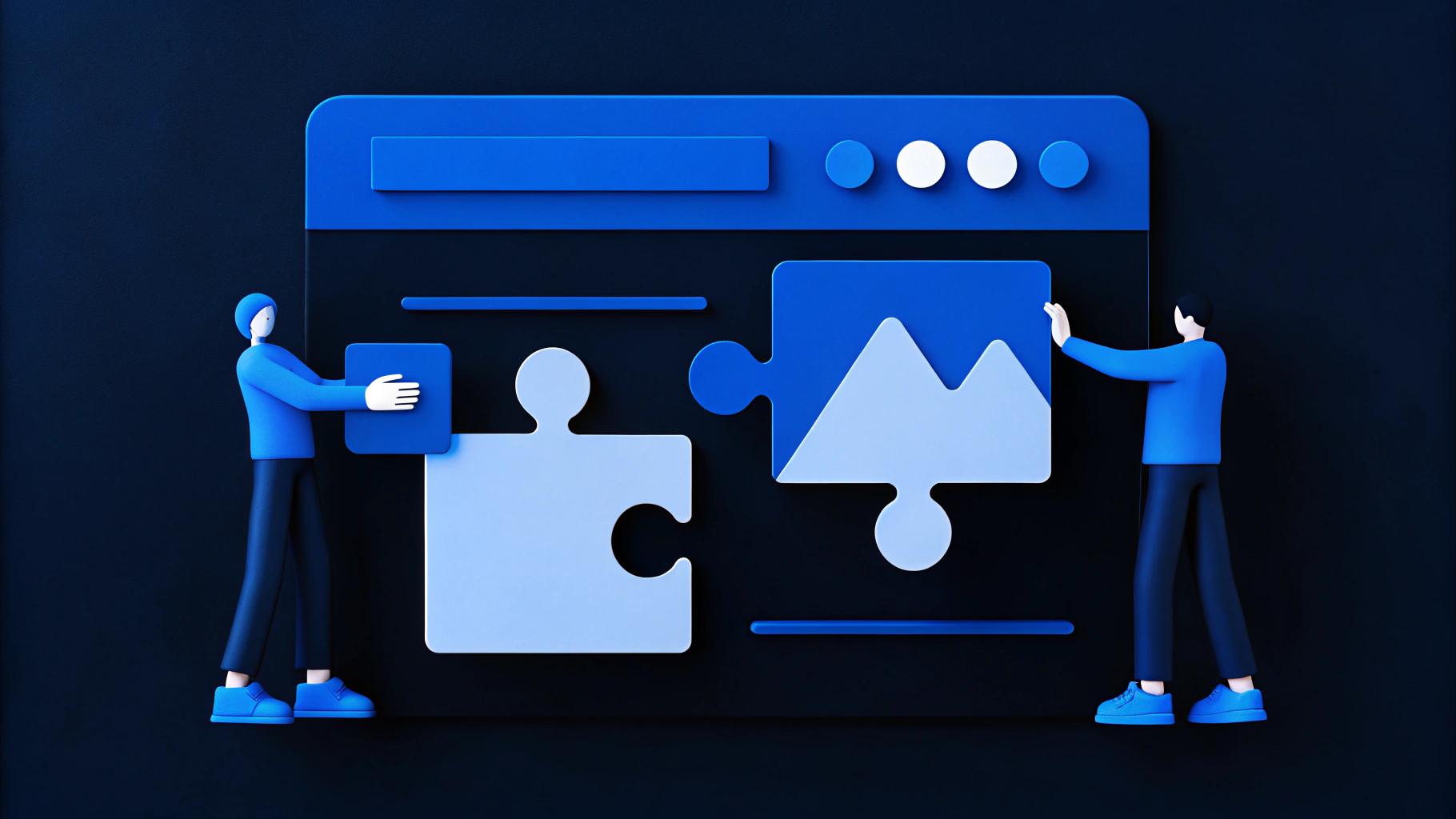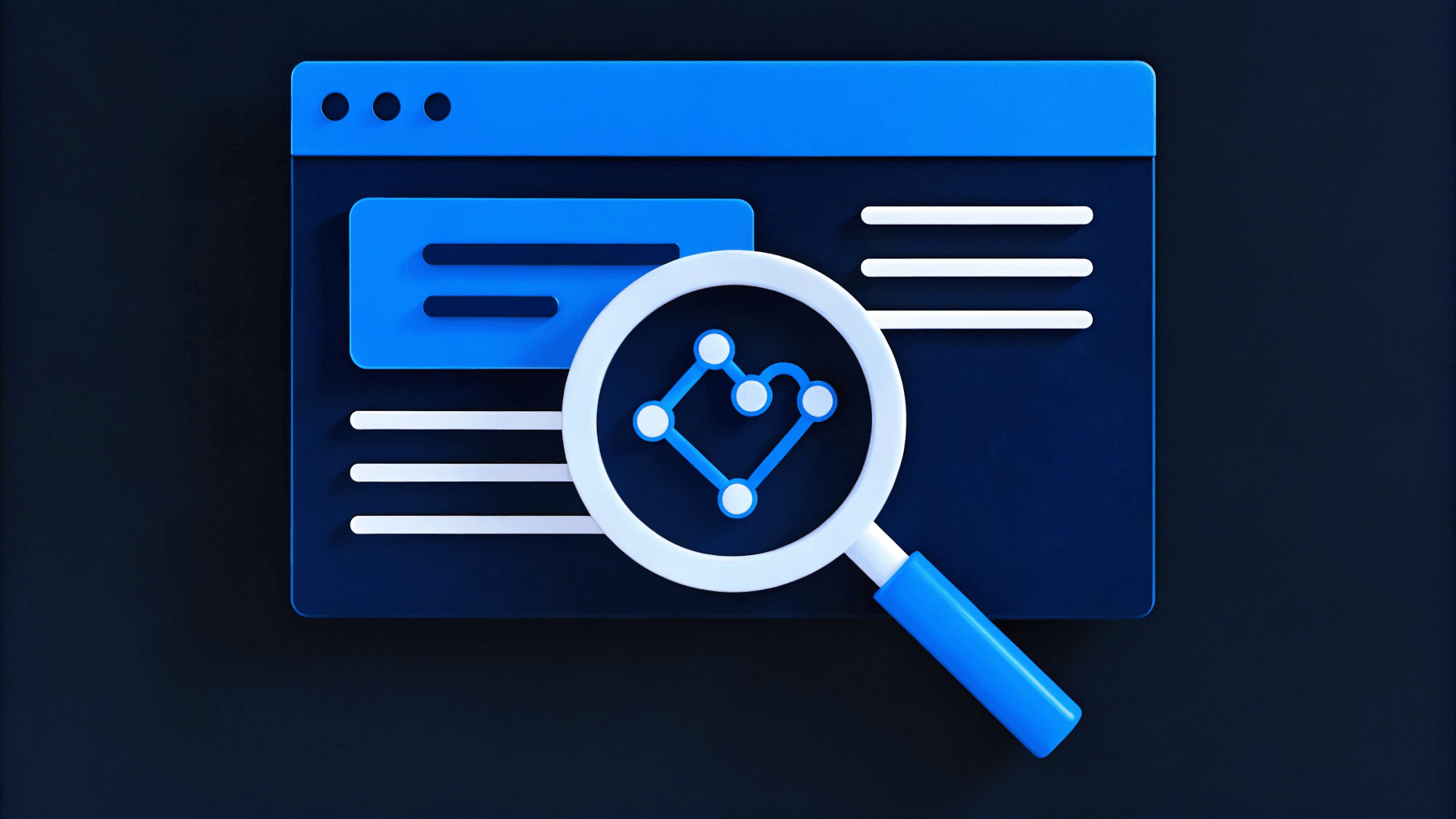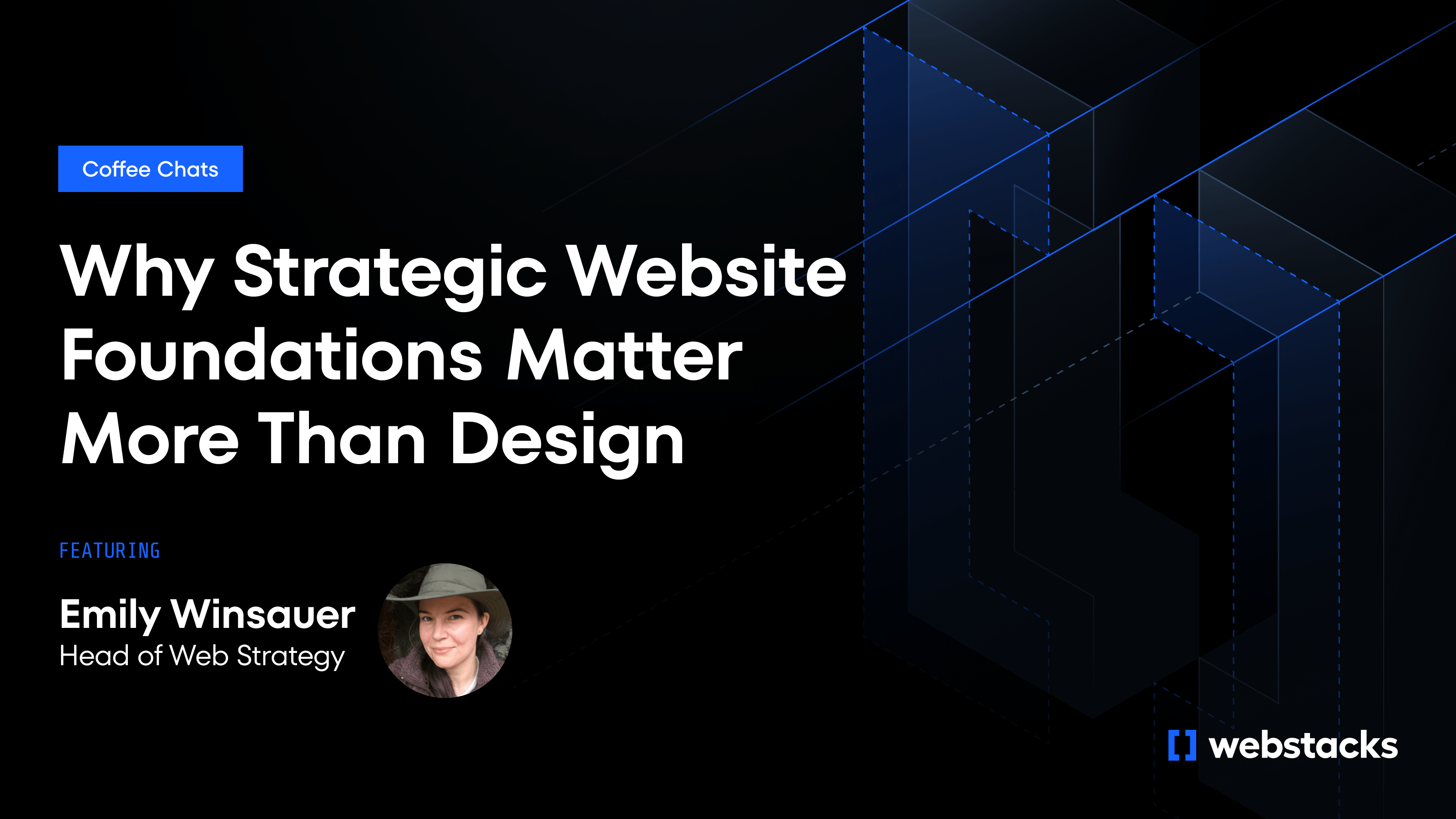When your website is slow, the effects are immediate: fewer leads, lower conversion rates, and missed revenue goals. For many teams, internal resources fall short of addressing this issue, though. They are limited by bandwidth, outdated systems, or gaps in technical expertise.
This article outlines four clear signals that your current setup may be limiting growth. Each sign is tied to tangible business impact, whether that’s year-over-year conversion drops, rising page-load times, or mounting technical debt that blocks new initiatives. If these issues sound familiar, it may be time to bring in a development partner with the tools and processes to help your team move faster and smarter.

1. Your Website's ROI Has Flatlined
When conversions decline or qualified leads plateau, it’s often a sign the website is no longer supporting growth. Start by looking at the metrics that matter:
- Conversion rate: A drop of more than 10% year-over-year is a strong signal of underperformance.
- Bounce rate: Climbing past 50% often points to issues with load speed, relevance, or user experience.
- Sales-qualified leads: Flatlining lead volume across two or more quarters could indicate friction in the user journey.
Next, look beyond top-line metrics. Track session duration, pages per visit, and form completion rates, and connect them to pipeline value using a simple ROI formula:
Leads × average lead value ÷ website cost.
Slow performance is a common culprit. If your site takes more than three seconds to load, users leave and conversions drop. These issues directly impact revenue and search rankings. Slow, unstable sites erode trust and block pipeline growth. Key metrics to monitor include:
- Largest Contentful Paint (LCP) over 2.5 seconds
- Cumulative Layout Shift (CLS) above 0.25
- Time to First Byte (TTFB) over 200 ms
- Hosting costs rising due to workarounds like added CDN rules or edge nodes
Surface-level fixes like copy changes or new visuals won’t solve deeper technical or UX problems. An experienced web development agency can help address underlying issues in code, infrastructure, and conversion flow, so the site drives measurable results again.
2. In-House Bandwidth or Skill Gaps Are Blocking Progress
If your web team is constantly context-switching, handling fixes one week and redesigns the next, it’s a sign that current capacity can’t keep up with business needs. Modern web projects require a wide range of expertise: front-end and back-end development, UX and interface design, technical SEO, analytics implementation, accessibility, performance optimization, and security. Expecting a small team to cover all of this often reduces the quality of output and slows progress.
Hiring in-house for every need adds fixed costs (salaries, benefits, recruiting) and extends project timelines. An agency gives you access to that full skill set immediately, without a long ramp-up period or hiring delays. Another advantage of working with an agency is that you can scale support up or down based on project demands; you don’t have to sustain multiple full-time employees, regardless of project volume.
Agencies also run multiple workstreams in parallel, helping you ship on schedule instead of pushing work to a future sprint. This flexibility helps marketing and product teams avoid delays that compound over time and stall growth.
3. Tech Debt and Legacy Systems are Slowing Growth Initiatives
When your CMS is overloaded with years of quick fixes and custom workarounds, even small updates start taking too long. Basic tasks like swapping a headline or updating a CTA get stuck in sprint queues, while new features stall behind outdated plugins or unsupported APIs. This is technical debt in action. The longer it's ignored, the harder and more expensive it becomes to ship updates, run experiments, or support cross-functional teams.
Modern headless platforms like Contentful reduce this friction. They replace rigid templates and plugin-heavy systems with structured content and API-first flexibility, giving marketers more control without constant developer support.
Common signs of outdated systems include:
- Slow or manual publishing workflows
- Frequent plugin conflicts
- Admin dashboards that time out or crash under normal use
If these issues are blocking launches or delaying campaigns, it may be time to rebuild. In many cases, a full CMS migration is the most effective way to regain speed, reduce operational overhead, and future-proof your stack.
4. Stakeholder Misalignment Is Fueling Operational Chaos
When brand, product, and regional teams all influence the website without a clear structure, misalignment becomes inevitable. You end up with duplicated components, inconsistent styling, conflicting copy, and approval workflows that slow progress. Symptoms include:
- UI components split across multiple repos
- Typography and color tokens that differ by team
- Review and approval cycles that take days or weeks
These issues stem from a lack of governance. Without a shared source of truth for design assets, content models, and release standards, every sprint reintroduces old debates and opens the door to new inconsistencies.
Building that system takes upfront effort. You’ll need to align teams, consolidate tools, and set clear rules for how changes get made. But without it, teams stay stuck in slow cycles, and no one has full confidence in what’s live.

Choosing the Right Web Development Agency: 6 Evaluation Criteria
Hiring a web development agency is a strategic decision. The right partner should improve execution speed, contribute to pipeline growth, and reduce internal bottlenecks—not just deliver a polished site. Use these six criteria to evaluate candidates and uncover which ones can actually support your goals.
1. Domain expertise: Agencies that understand your industry make better decisions and get up to speed faster. They know the compliance requirements, buyer expectations, and UX patterns that drive results in your market.
2. Headless and composable experience: Look for a proven track record with modern architectures like headless CMS, API-first integrations, and microservices. These foundations reduce tech debt and increase release velocity.
3. Governance and process discipline: Strong governance keeps projects on track. Clear roles, shared backlogs, and documentation practices prevent misalignment and delays.
4. Cultural and operational fit: Tools matter, but so does day-to-day collaboration. Misaligned communication styles or time zones can slow decision-making and drain internal resources.
5. Measurable results: Avoid agencies that rely on polished mockups without business context. Focus on those that tie design and development work to real outcomes.
6. Flexible engagement models: You need the ability to scale resources up or down without long-term lock-in. Look for partners that offer project-based, retainer, and hybrid models depending on the project scope.
Solving the Root Causes Holding Your Website Back
You need a partner who fixes root causes, not symptoms. Webstacks builds every engagement around your specific growth goals rather than a predetermined stack. Our tech-agnostic model lets you choose the tools that fit your roadmap, whether that means a full headless migration or incremental upgrades that protect existing investments.
Our teams have spent years implementing composable architectures, so we replace brittle, legacy workflows with modular builds that marketers can iterate on quickly. You see the impact in metrics that matter: faster Core Web Vitals, lower bounce rates, and revenue lifts you can trace inside analytics dashboards.
When your site needs to move from cost center to growth engine. Reach out, share your biggest blocker, and we'll show you how to clear it.




